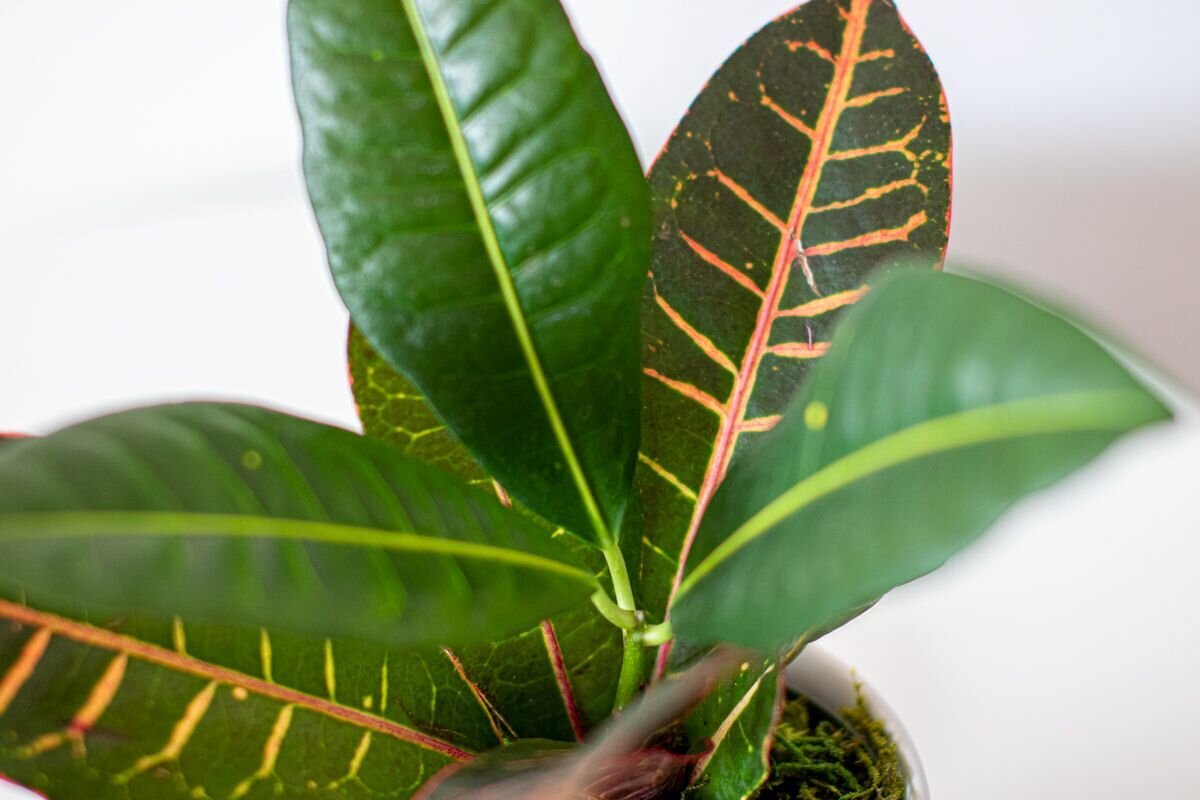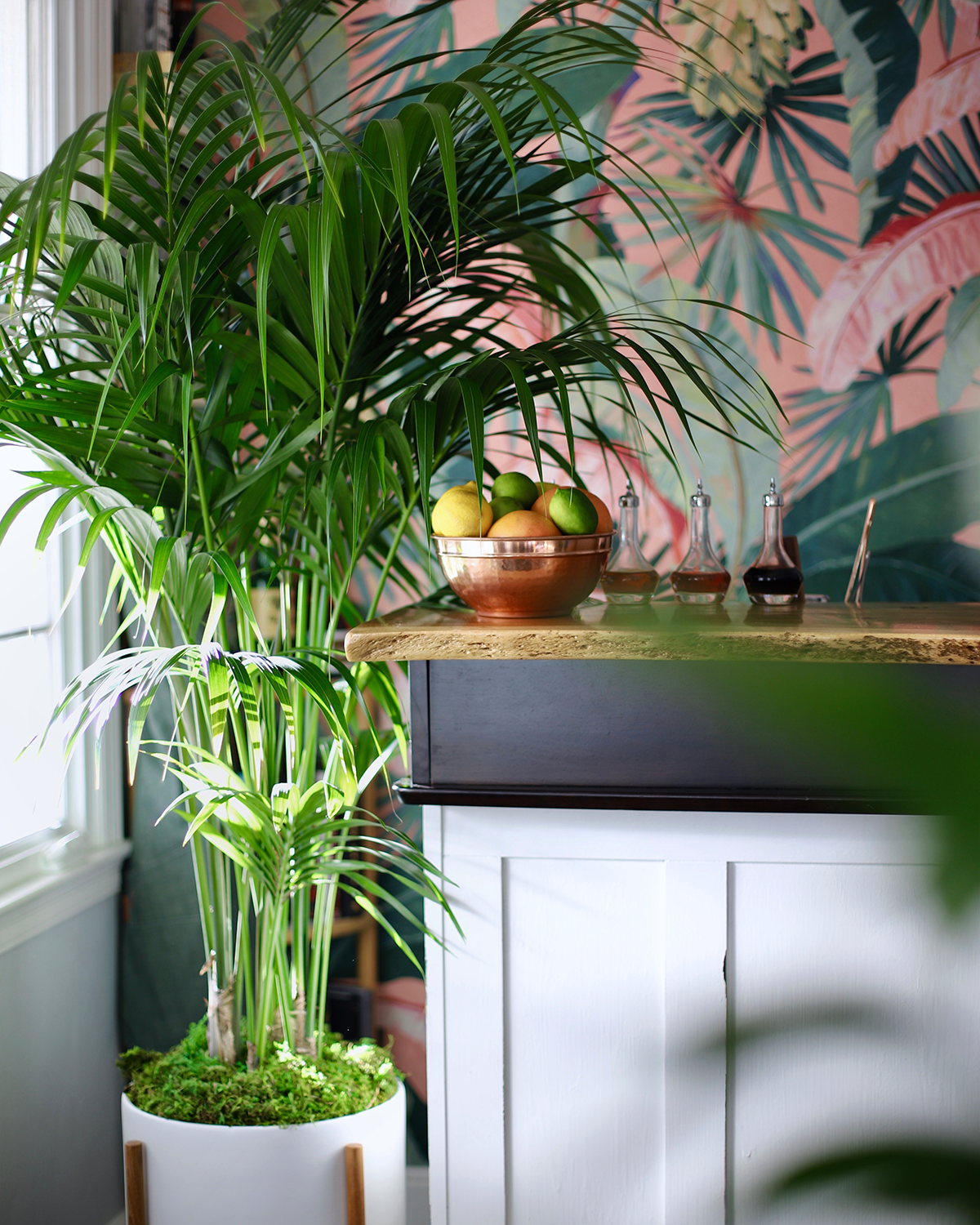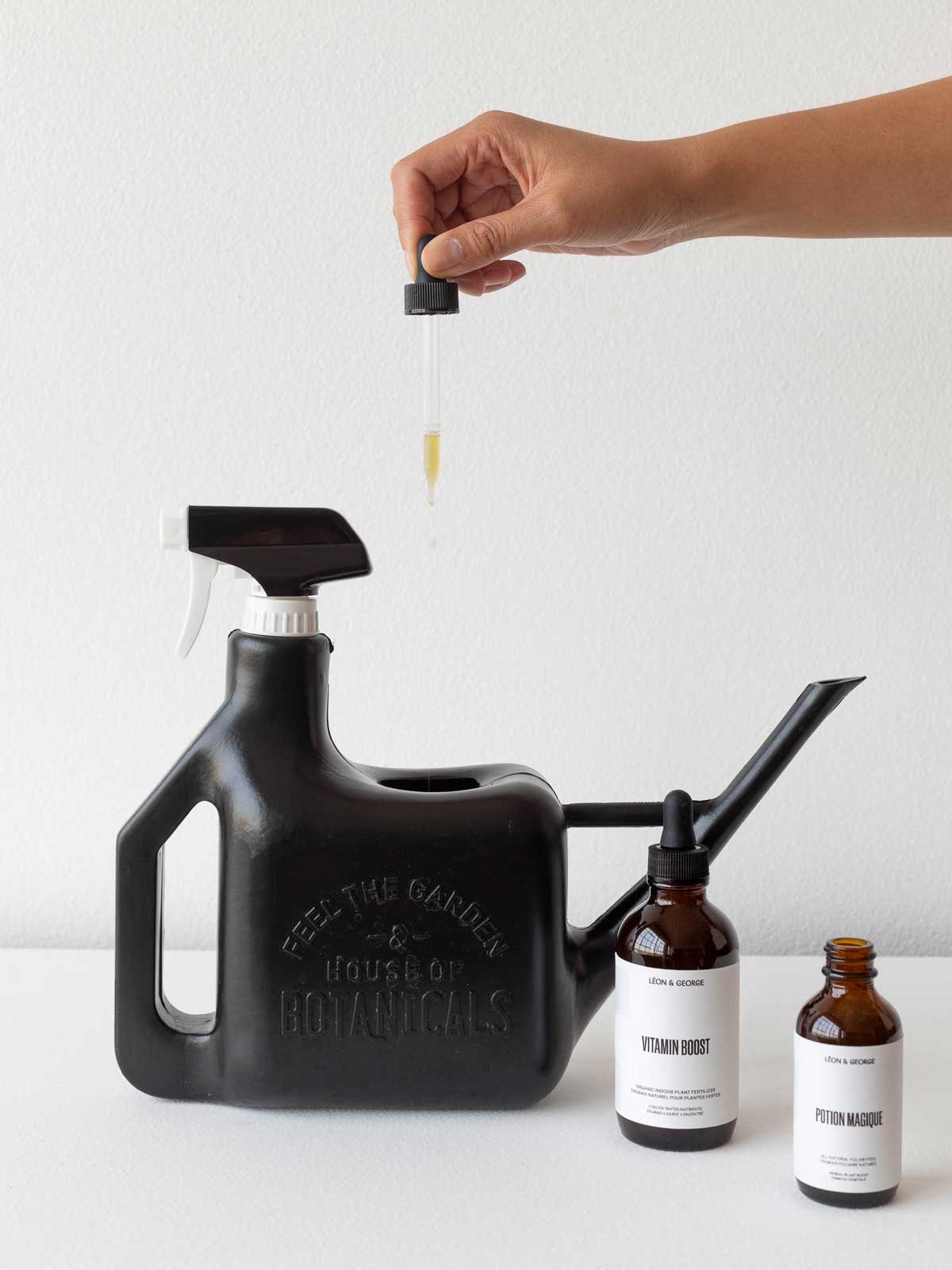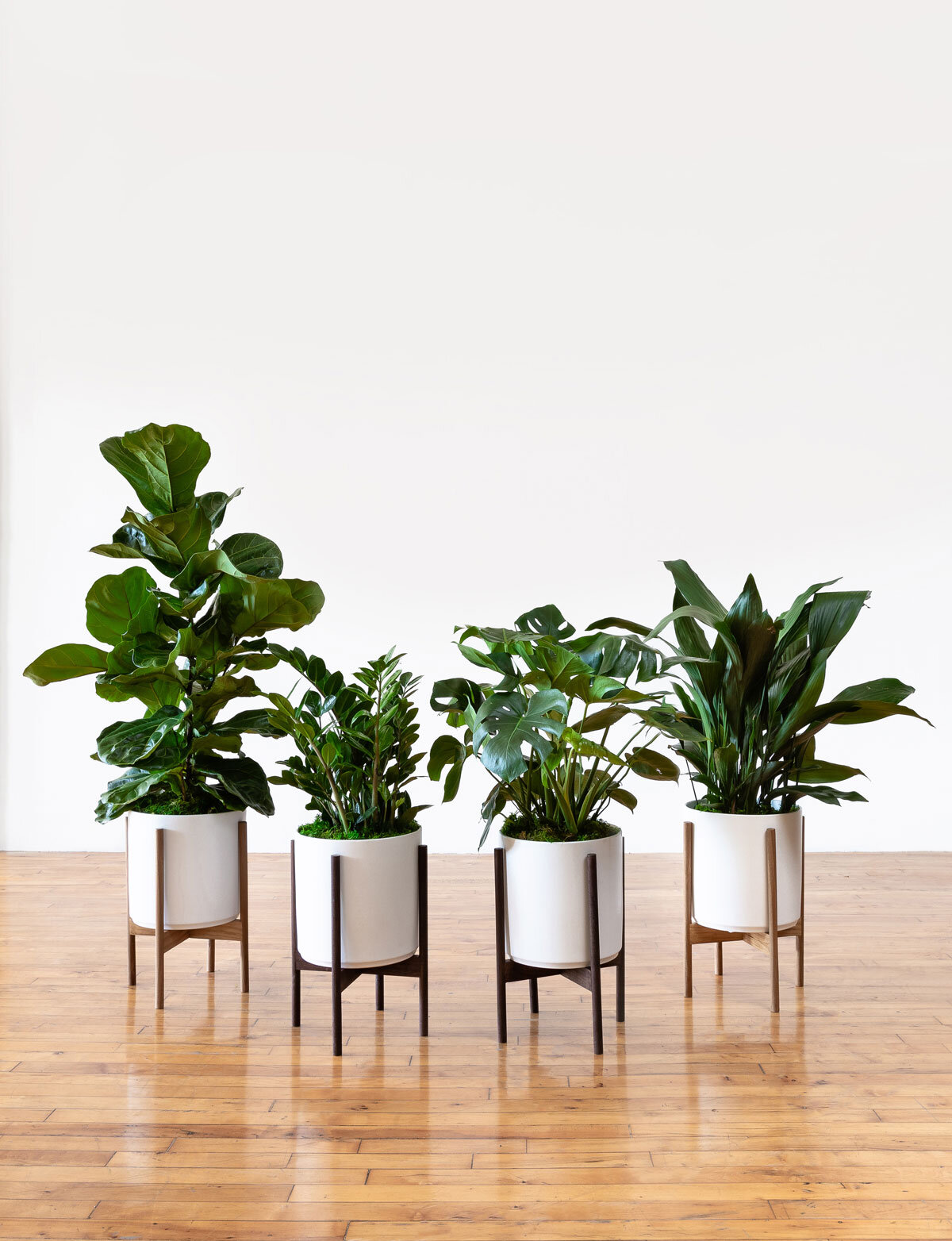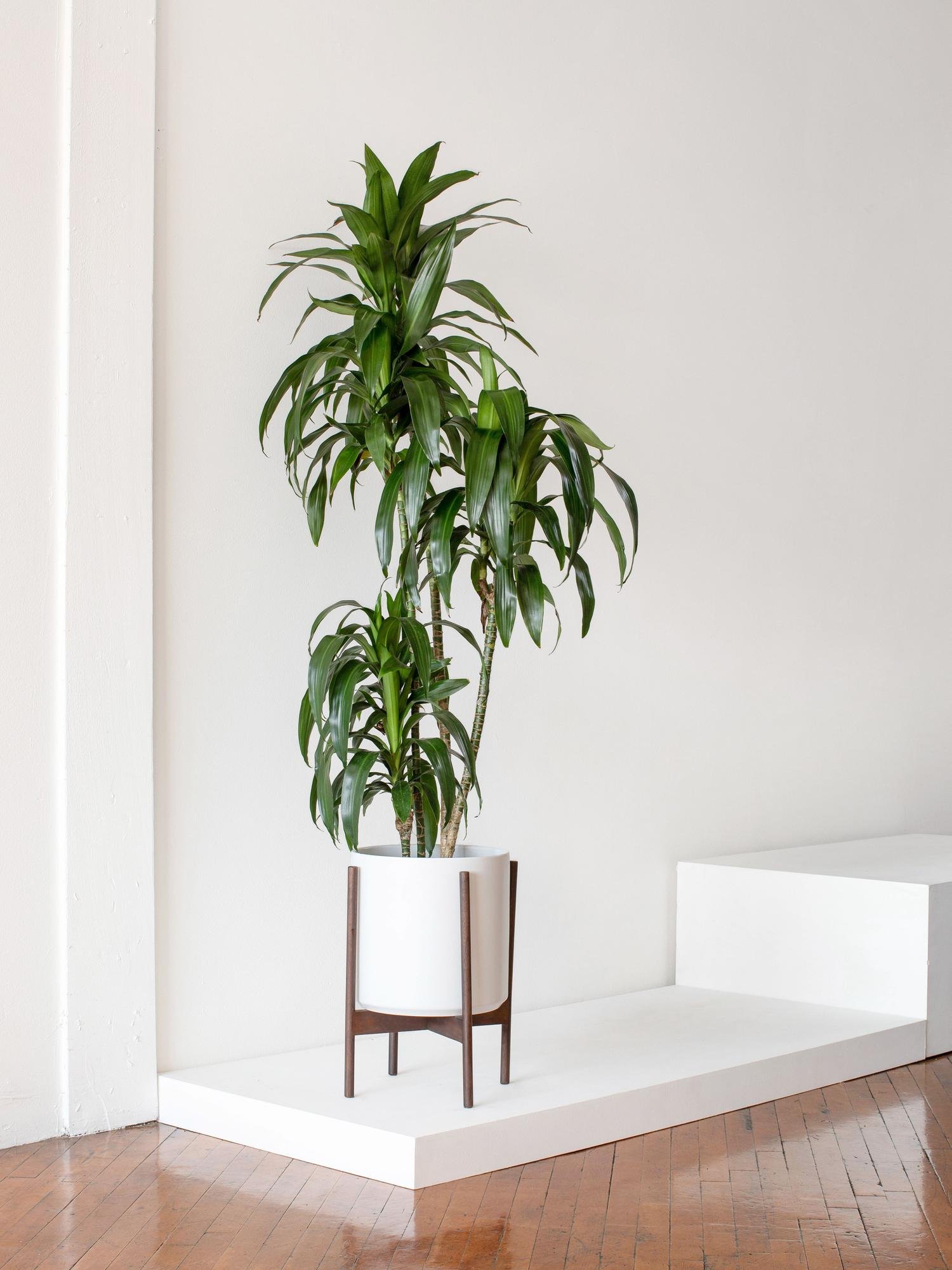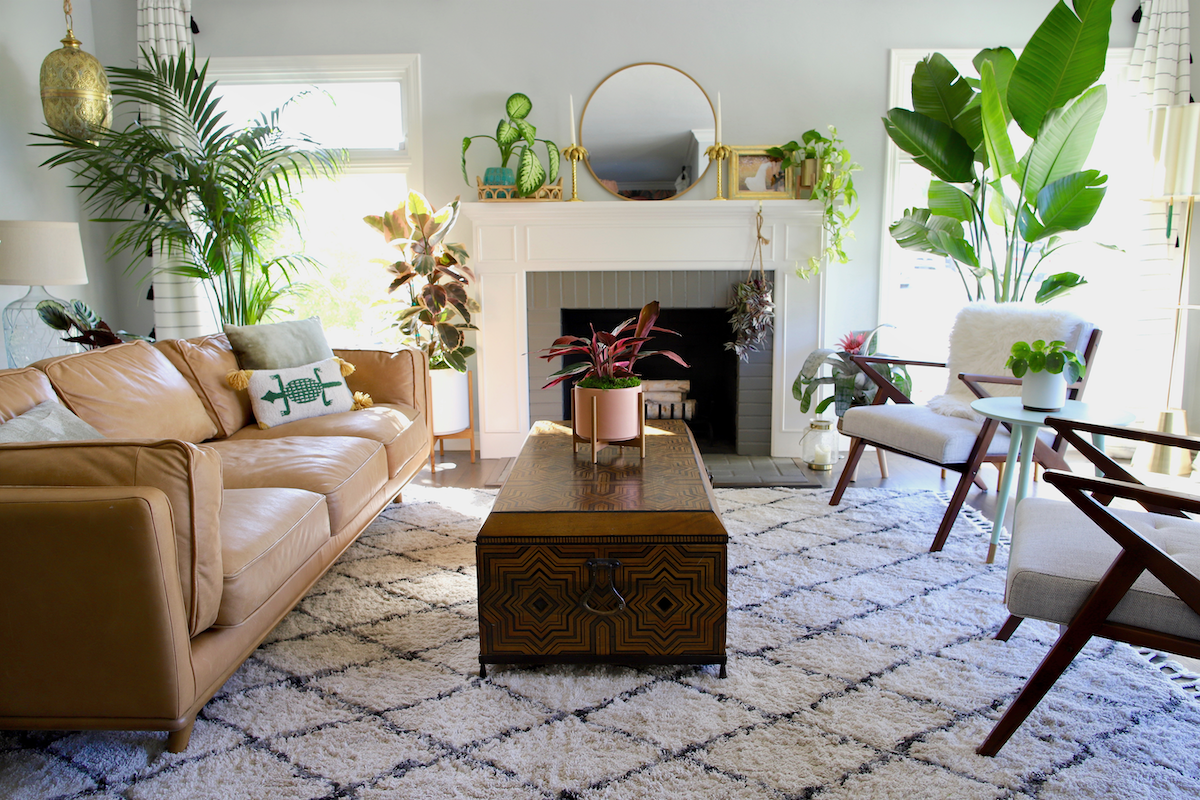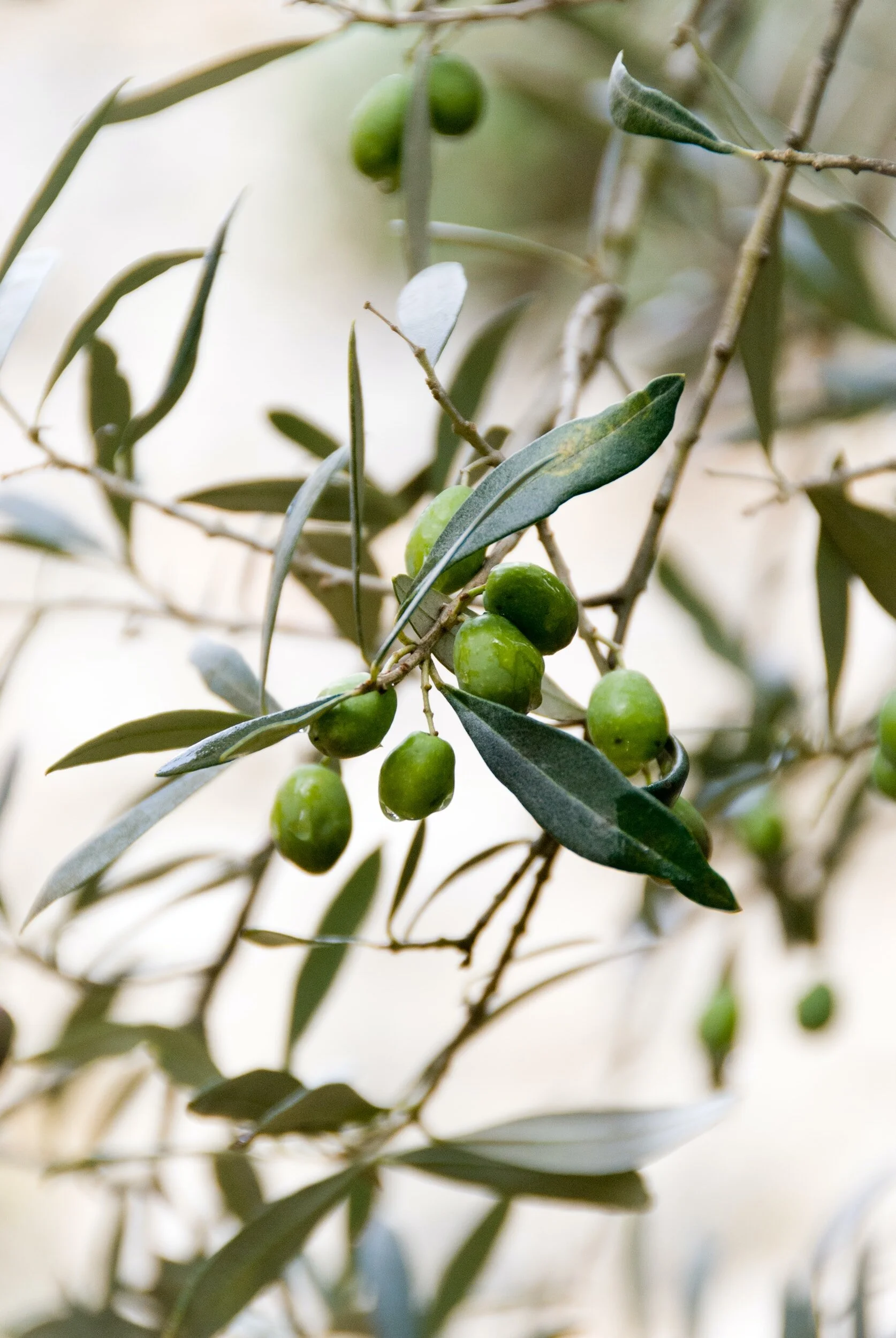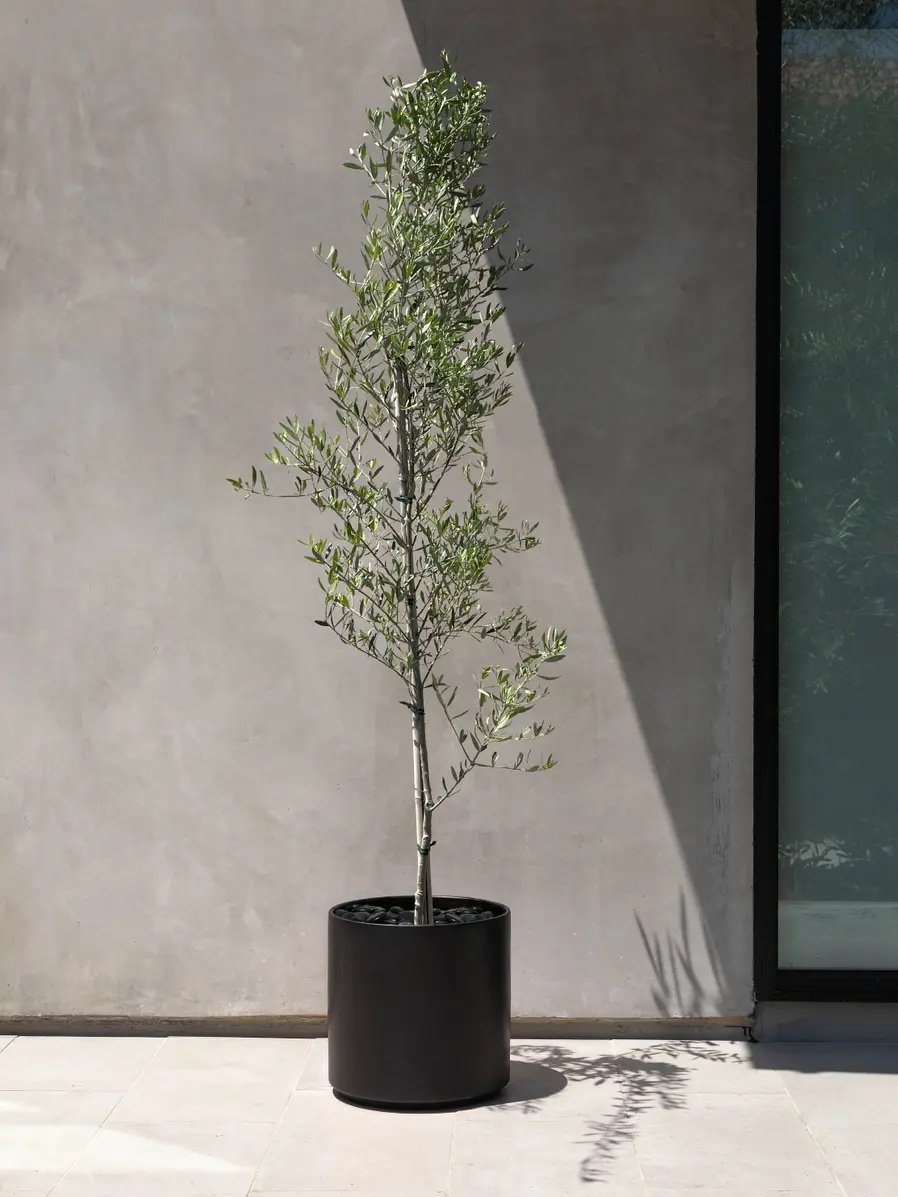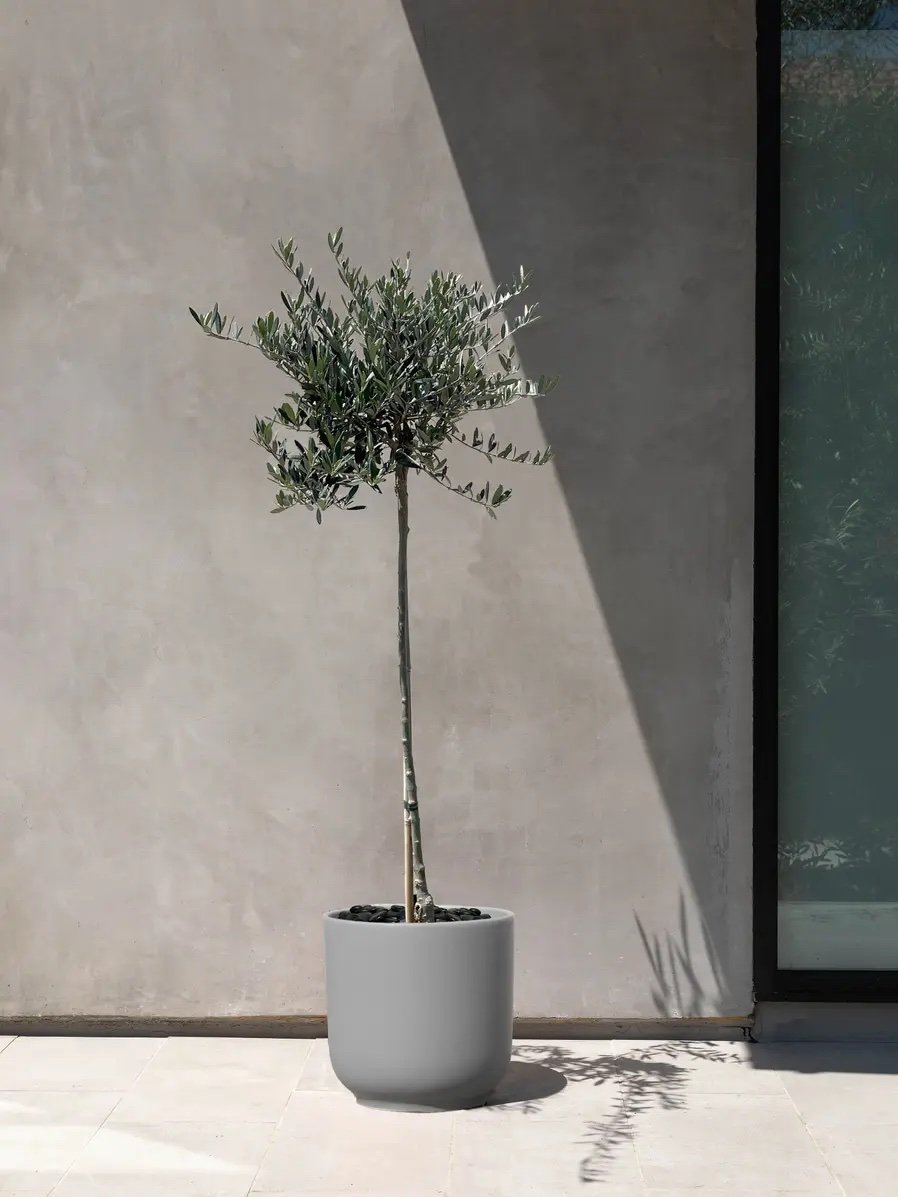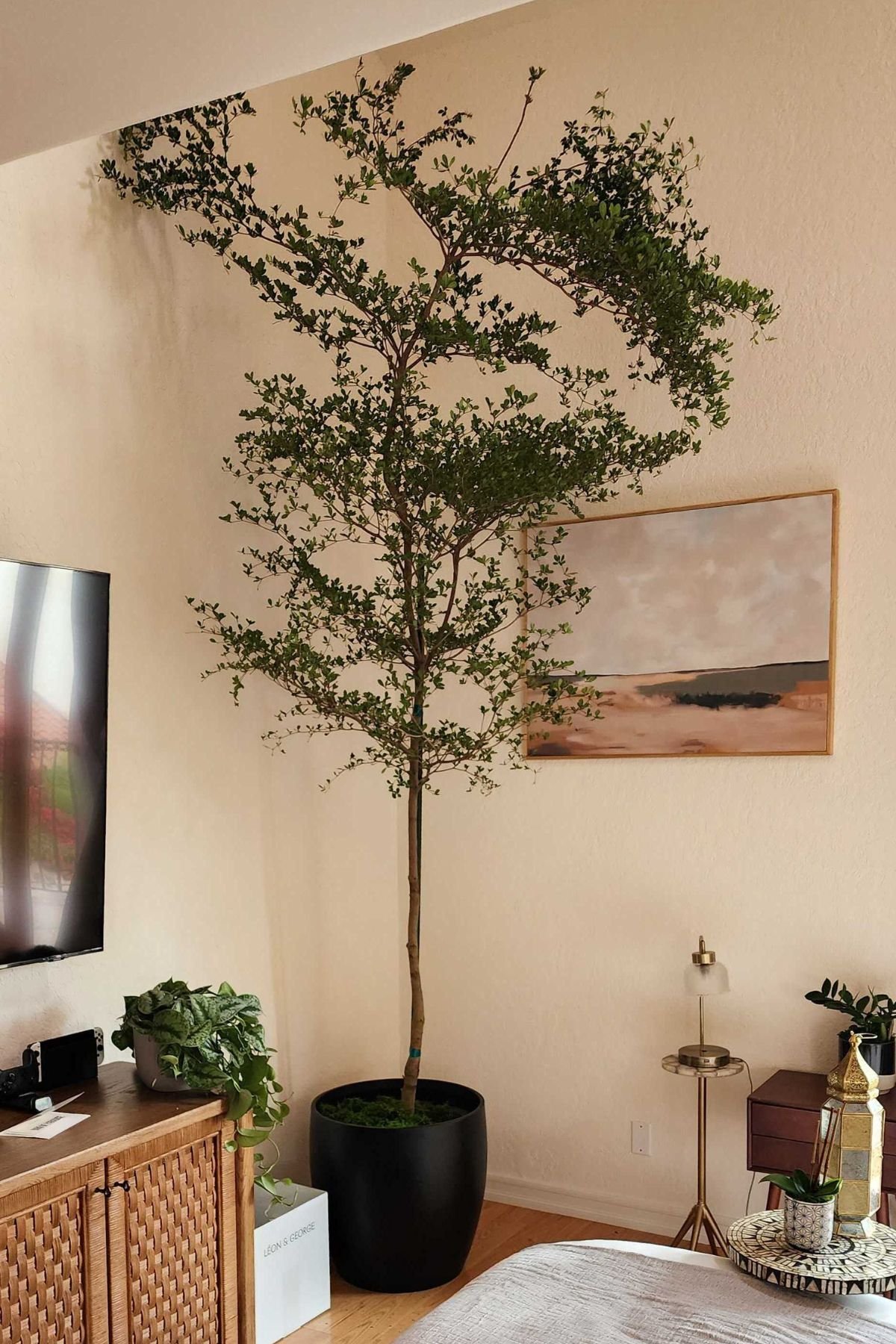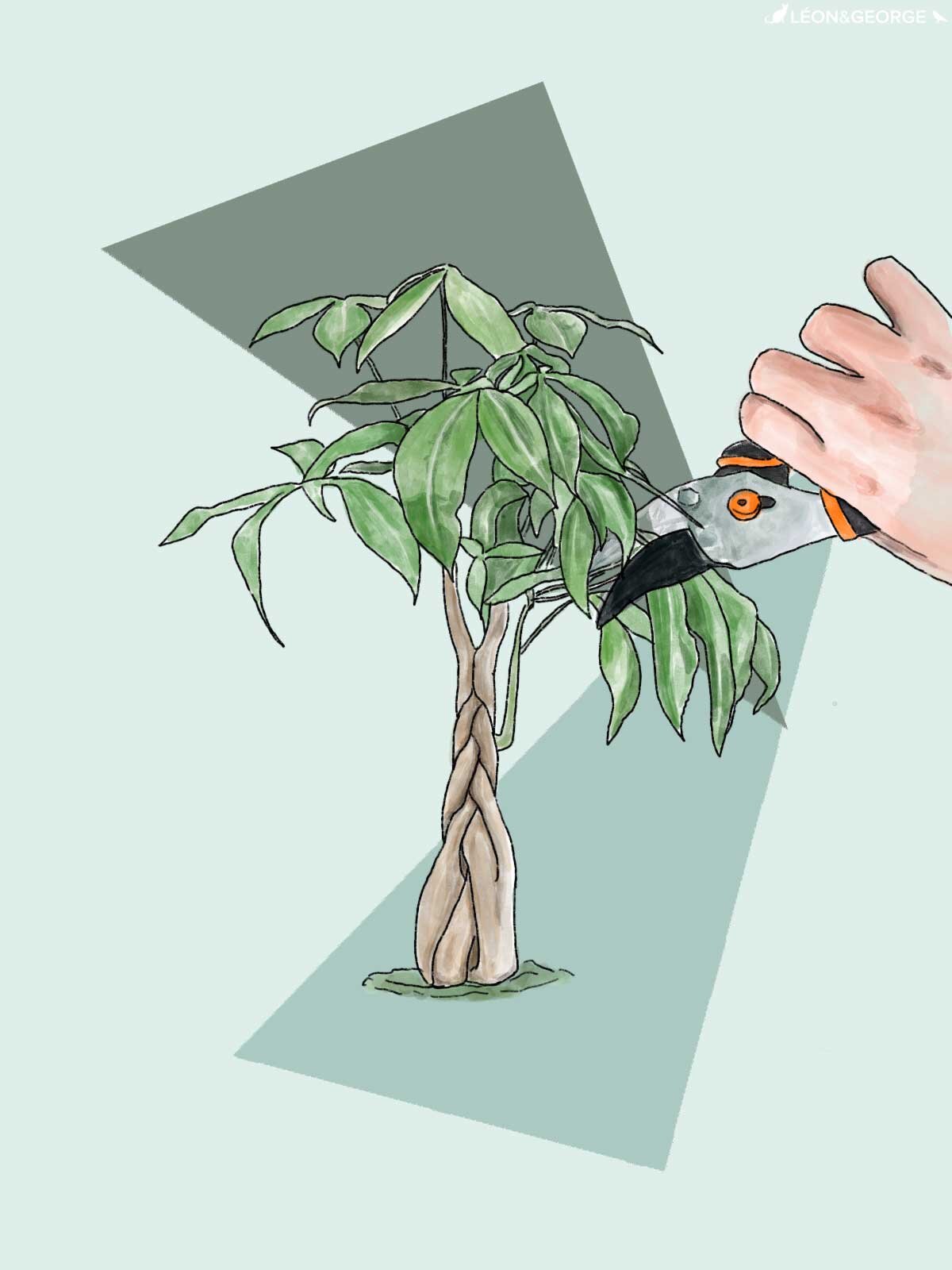A bright burst of color on deep green leaves, the Golden Petra is a popular indoor plant as easy to care for as it is to love. Commonly known as the Croton Petra or botanically as codieaum variegatum, this plant is coveted for the auburn, scarlet, and lemon colored veins that mark its bright, bushy foliage. Read on for simple tips on how to care for an indoor Croton Petra plant.
How much light do Crotons need?
Crotons prefer bright light, ideally receiving at least 6 hours of sunlight a day. It is best to provide shade from the sun during the hottest part of the day. Note that this plant can tolerate medium light but leaves it will be less colorful and show less variegation.
How much to water your Golden Petra
Water about once a week and let it dry out entirely between waterings. The Croton Petra loves humidity so either mist regularly or use a humidifier to provide plenty of moisture. Avoid prolonged periods of drought.
How fast do Crotons grow
The Croton Petra is a slow grower but can reach up to eight feet tall with the right care. Fertilize your Croton Petra 1-2 times per month in the spring and summer with indoor plant food, or foliar feed year round.
Common problems with the Croton Petra
Loss of color on leaves - not enough light
Symptom - Newer leaves on the plant are green with little to no variegation
Cause - inadequate light
Remedy - Croton Petras are native to tropical regions and need about 6 to 8 hours of bright, direct light a day. It is not uncommon for new growth to be green, but if the plant is placed in a bright window, these new leaves should slowly start to develop the colorful variegation. If you don’t have adequate light in your home, you may consider using a grow light.
Limp, drooping leaves - underwatering or overwatering
Symptom - leaves are drooping or wilting
Cause - usually underwatering or overwatering.
Remedy - Croton Petras like to dry out between waterings but be careful not to let it dry out completely or its leaves will become limp. If underwatered, remove the plant from its decorative pot and give a good shower in the sink. Regularly mist to increase moisture levels. If overwatered, aerate the soil, or simply hold off until the plant dries out a bit until the next watering. If its roots are very damaged you may need to repot.
Dropping leaves - inconsistent watering or not enough light
Symptom - dropping leaves
Cause - inconsistent soil moisture, inadequate light
Remedy - Croton Petras prefer to have consistently moist soil and will quickly show their displeasure at being under or overwatered. Try to only water when the top 2” of the soil has dried out, and water regularly for consistency and routine. On the other hand, as this plant naturally grows in a tropical environment it craves sunlight. Another way to tell if sunlight is the issue because the veins on your plant will be less colorful. Your plant might also drop leaves if it has been moved recently. Give it time to adjust after it has arrived at your home before making any major changes.
How to maintain a colorful and healthy Croton Petra
Take care of your Croton Petra and it will delight you every day with its stunning leaves! Below are simple tips to continue caring for and growing your Croton Petra over time.
Pruning Your Croton
Prune your Croton Petra to maintain a certain height or shape or to remove dead leaves. Remove old, unattractive or damaged leaves from the base of the plant with a clean blade, ideally during the dormant period. Avoid pruning them when they are in the peak of their growing season.
Trimming the leaves
if there is just a small portion of a leaf that is damaged, such as the edges or tips, trim off any discoloration or blemishes by following the natural lines and shape of the leaf.
Keep your Croton clean!
Regularly mist the Croton Petra to keep dust off its leaves and provide it with the humid environment it prefers. If it is very dusty, you may want to use a damp cloth to wipe off its leaves. This is also a great way to keep pests at bay.
How to grow and repot the Croton Petra
Growing - Croton Petras are slow growers and will grow even slower in low light conditions. During spring or summer, use a diluted fertilizer just once or twice a month to give your plant a vitamin boost.
Repotting - Croton Petras only need to be repotted every few years to encourage new growth and refresh their soil with nutrients. If you’d like your plant to grow larger, find a new grow pot that is 2” larger than its current pot. If you’re happy with the size of your plant you can simply swap out the soil to give it the nutrients that it needs.
If you don’t have a yard to repot in you can spread out newspaper on the floor to catch any stray dirt. Check out our simple repotting kit that makes it easy to repot any plant. To repot simply remove the plant from its current pot and get off as much of the old soil as possible so that you have clean roots. Try to be gentle throughout this process as Croton Petras are quite sensitive. Add a layer of fresh soil at the bottom of the new pot and place the plant in the center of the and cover with more soil. Press down firmly on the top layer of soil to make sure that your plant is secure and water thoroughly. Place the plant in an area with plenty of bright light. Your Croton Petra will take 2-4 weeks to settle from the shock and adjust to its new home, don’t worry too much if you see it drop a few leaves while it adjusts.
How to propagate the Croton Petra
Follow these simple steps to propagate a piece of your Croton Petra:
Select a section that is at least three inches long has a few leaves and cut the stem with a clean blade right above a node. A node is a bump in the stem where leaves or branches shoot out.
Fill a small container with a lightweight potting mixture (like sphagnum moss) and put the cutting inside. Lightly mist the potting soil and cover with plastic wrap to create humidity, this mimics a tropical or greenhouse atmosphere. It should stay moist for several weeks, but you can always uncover the container and check to make sure.
Place the cutting in indirect sunlight, bright sunlight can burn your cutting, and wait. When you see a few roots have grown your new Croton Petra is ready to be potted!
Indoor plants, potted & delivered
Premium plants paired with stylish ceramics, plus lifetime plant care support. Order online at leonandgeorge.com


